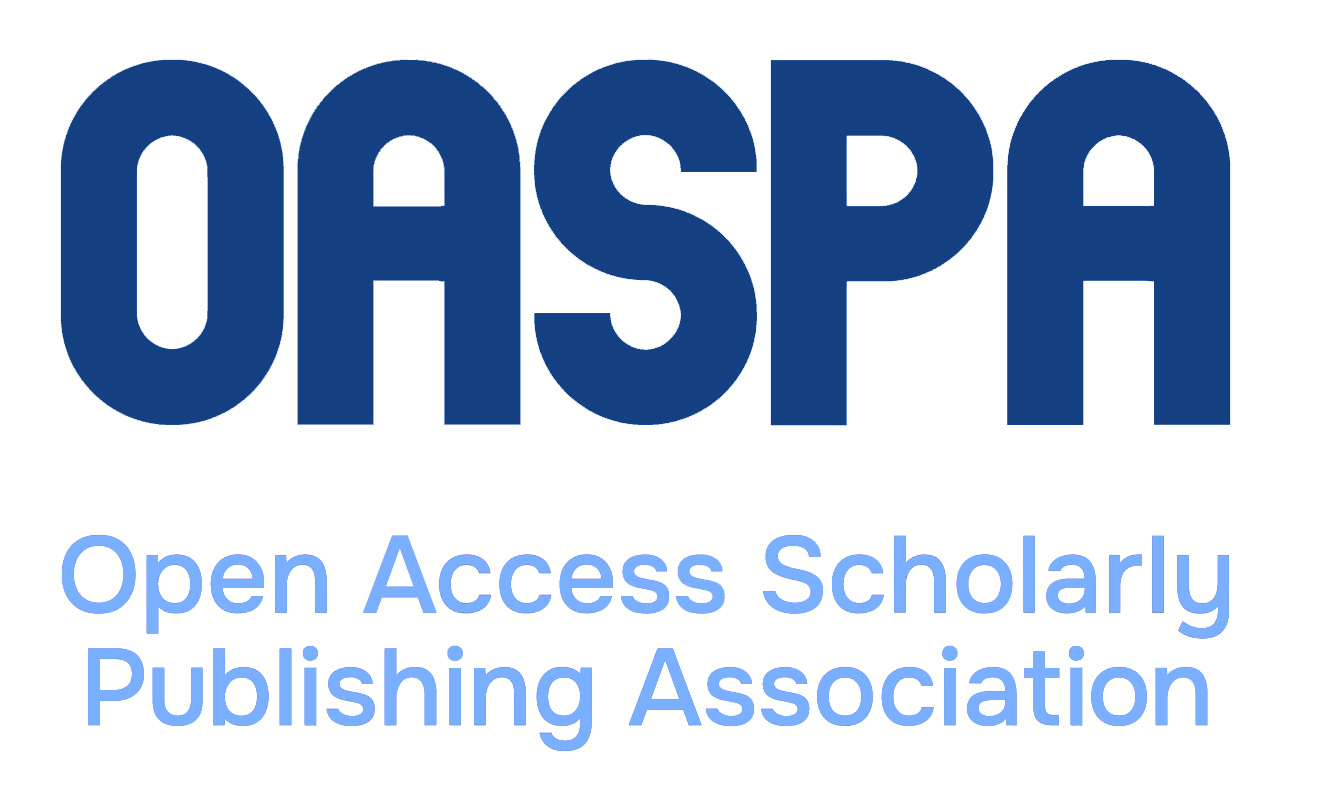UDK 621.3:533.6.01
DOI: 10.15507/0236-2910.025.201504.063
COMPUTATIONAL EFFICIENCY FOR OPTIMIZATION PROBLEMS OF REVOLUTION SHELL S WITH FLUTTER CONSTRA INTS
Chugunov Mikhail Vladimirovich
(head of chair of General Technical Subjects of Ruzayevka Machinery Institute of Ogarev Mordovia State University (93, Lenina str., Ruzayevka, Russia), Ph.D. (Engineering), ORCID: http://orcid.org/0000-0001-5318-5684, This email address is being protected from spambots. You need JavaScript enabled to view it.)
Kuzmichev Nikolay Dmitriyevich
(head of chair of General Scientific Subjects of Ruzayevka Machinery Institute of Ogarev Mordovia State University (93, Lenina str., Ruzayevka, Russia), Dr.Sci. (Phys.- Math.), professor, This email address is being protected from spambots. You need JavaScript enabled to view it.)
Polunina Irina Nikolayevna
(associate professor of chair of General Technical Subjects of Ruzayevka Machinery Institute of Ogarev Mordovia State University (93, Lenina str., Ruzayevka, Russia), Ph.D. (Pedagogy), ORCID: http://orcid.org/0000-0002-1093-8401, This email address is being protected from spambots. You need JavaScript enabled to view it.)
The theory and practice of optimization takes an important place in natural sciences and engineering. Thus, algorithms of solving the optimization problems require repeated reference to the evaluation procedure of the optimization functions (direct computing). As a rule, these functions are algorithmically specified in the high-dimensional space and computationally expensive. In this context, the relevant problem is to create the simplified metamodels (approximations) for the optimization object. The said metamodels must be adequate for an initial "exact" model in a subarea of the space and computationally not expensive. The purpose of this work is the quantitative assessment of computational efficiency for solving the optimization problems based on different approximations types. The revolution shell subjected to flutter is considered as the object of optimization. The Finite Element Model (FEM) for the revolution shell, which meridian and thickness distribution along a meridian are set by Bezier functions is considered as the initial model. Determination of the critical parameter of flutter in the algebraic part is reduced to the solution of the asymmetric eigenvalue problem, which is realized programmatically in the form of SolidWorks AddIn-application. To create the simplified metamodels, the approximations of two types are used: local and mid-range. In the first case, the solution of the problem is consolidated to application of the Han - Powell method, in the second case – to stage-by-stage replacement of initial model by metamodels in the subareas of the optimization space in the finite sizes, to the analysis of adequacy of approximations and to definition on this basis of the strategy of the search. The problem of weight optimization for the revolution shell, subjected to a supersonic flutter with local and mid-range multipoint approximations is solved. The coordinates of the Bezier-key points are considered as the control parameters, and their values corresponding to an optimum, coincide for the first and the second of used approaches to approximation. The comparative analysis of computing efficiency of the results is provided in each of these two cases. A number of the calling to procedure of direct computing is considered as the computational efficiency.
Keywords: optimization, nonlinear mathematical programming, flutter, optimization metamodel, local multipoint approximation, mid-range multipoint approximation
For citation: Chugunov M. V., Kuzmichev N. D., Polunina I. N. Computational efficiency for optimization problems of revolution shells with flutter constraints. Vestnik Mordovskogo universiteta [Mordovia University Bulletin]. 2015, vol. 25, no. 4, pp. 63–71. DOI: 10.15507/0236-2910.025.201504.063

This work is licensed under a Creative Commons Attribution 4.0 License.

















